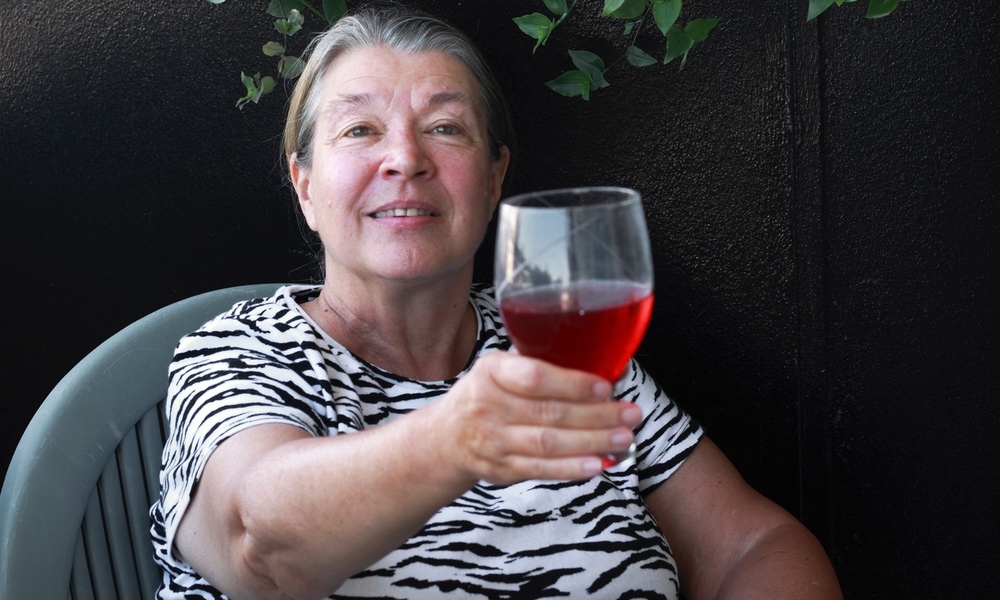Researchers followed over 45,000 women (ages 21-69) for 10 years, taking biennial surveys of their health and exercise habits; they also took note of how many hours the women, on average, watched television.Even brisk walking for five hours a week was beneficial to the women's diabetes risk, lowering it by about a third.
For women who exercised vigorously for at least seven hours per week, their chances for developing type-2 diabetes were cut by over 50%, relative to women who did not exercise at all. Even brisk walking for five hours a week was beneficial to the women's diabetes risk, lowering it by about a third.
Did watching a lot of television actually up the odds of developing the disease? In a manner of speaking, yes - women who watched about five hours of T.V. per day were a whopping 86% more likely to develop diabetes than those who watched less than one hour per day. Although there are probably other issues besides television-watching in play for this group (perhaps eating habits and other lifestyle factors), it points out an interesting connection between a sedentary activity and increased risk of a preventable disease.
In an interview, head researcher Julie R. Palmer said that the "finding that brisk walking for a few hours a week or longer reduces diabetes risk may be the most important finding of all. This is something almost all women can do in the course of their daily lives."
Palmer also points out that the participant pool consisted of a large percentage of severely obese women, whose risk factor for developing diabetes is much higher than the general population. She says that this is particularly encouraging, since "it suggests a way to reduce diabetes risk even among the women who are at highest risk of the disease."




